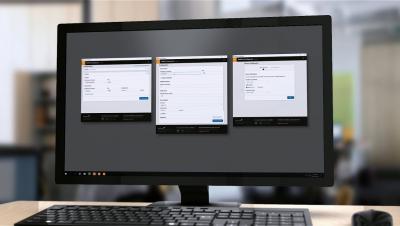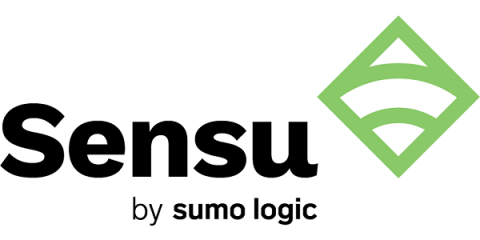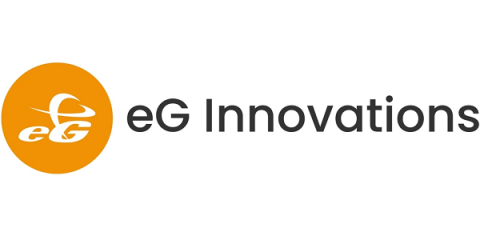Operations | Monitoring | ITSM | DevOps | Cloud
Monitoring
The latest News and Information on Monitoring for Websites, Applications, APIs, Infrastructure, and other technologies.
Top Three Database Management Hurdles to Overcome in 2019
Wellington, have you seen us? Here's the story of the Raygun neon sign
In early November, at an event Raygun hosted at Dockside restaurant, we were interviewed and featured by Television New Zealand (TVNZ) about Wellington’s booming tech sector. As part of our contribution and commitment to the Wellington tech scene, we announced at the event that we’d be investing NZD $15 million into the local economy over the next two years.
blogWLSDM & WL-OPC WebLogic Monitoring Solutions: Customer Questions and Answers
Q: How to Edit Environment Categorization on WL-OPC?
Announcing Icinga Tour 2019
We’re happy to announce our Icinga Tour 2019! The Icinga Tour is a series of Icinga Camps on different dates spread all over the globe through the year. We’re organising this series of events in coorporation with our local partners. Through the past years we hosted various Icinga Camps, for this year we decided to start with defined dates to give everyone the chance to plan ahead.
Check configuration upgrades with the Sensu Go sandbox
As a followup to my previous post, I’d like to walk you through using the Sensu Go sandbox to test upgrading different parts of the event pipeline from Sensu 1.x to Sensu Go. First up we have a Sensu 1.x check configuration using the check_ssh command from Nagios Plugins. This walkthrough can be used as a pattern for converting existing Sensu 1.x check configurations into Sensu Go.
Error Handling with Angular 6 - Tips and Best Practices
Handling errors properly is essential in building a robust application in Angular. Error handlers provide an opportunity to present friendly information to the user and collect important data for development. In today's age of advanced front-end websites, it's more important than ever to have an effective client-side solution for error handling, which is covered in this article.
Comparison: Node.js vs. PHP
Both Node.js and PHP are popular platforms for websites, APIs, and other types of web content. They have a few similarities, but their differences far outweigh those similarities. In this post, we’ll take a look at how they stack up against each other. It’s Node.js vs. PHP… let’s get ready for the showdown!
EUC Predictions for 2019: Will It Be the Year of Digital Workspaces?
2018 was a promising year for enterprise IT in general, and specifically for End User Computing (EUC). We saw many interesting developments with the Citrix stack. 2018 marked the end of life (EOL) of the widely popular XenApp 6.5 and consequently, a majority of organizations migrated to the new Citrix Virtual Apps and Desktops version 7.
Network Blind Spots: Total Visibility or Not
Network blind spots study is framed within a field controlled by three well interconnected elements: monitoring, security and visibility.











